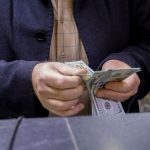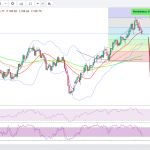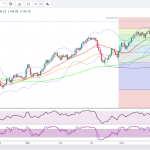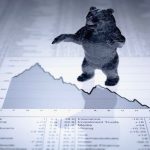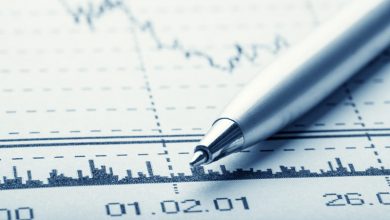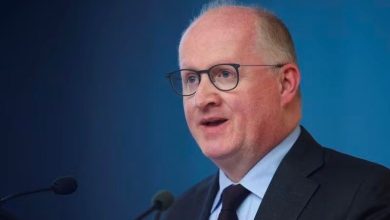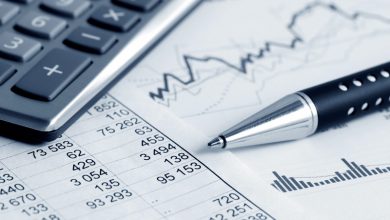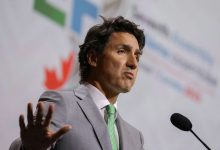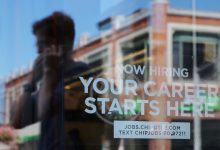Argentina’s beleaguered peso sinks to new low as election looms
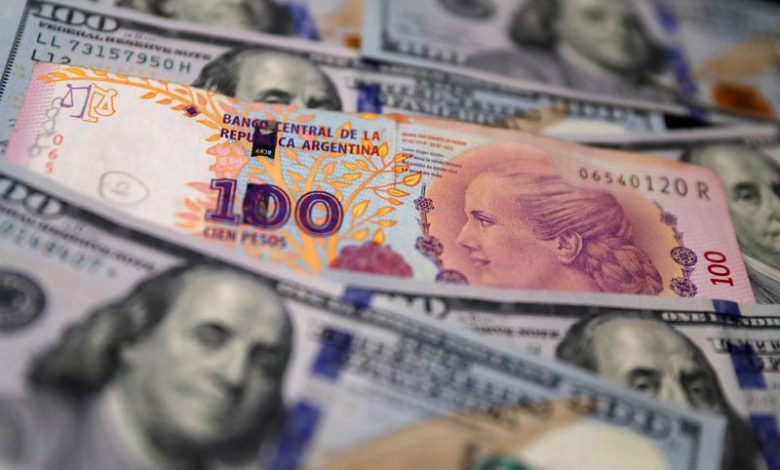
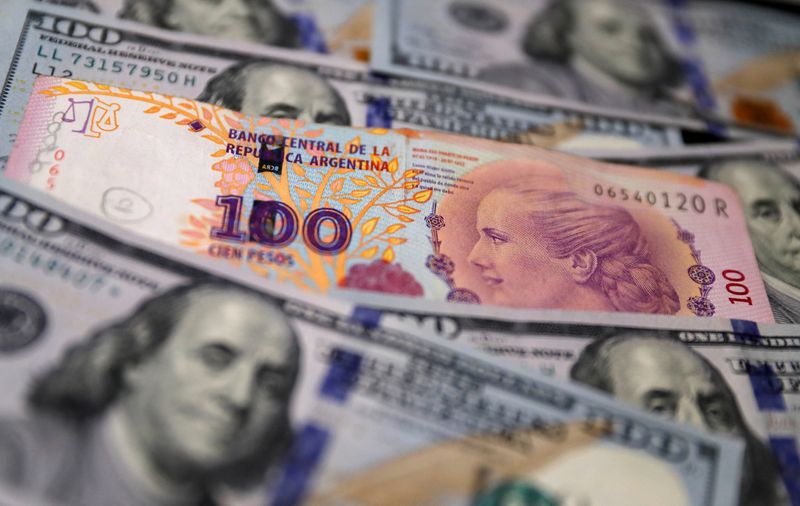
FILE PHOTO: A one hundred Argentine peso bill sits on top of several one hundred U.S. dollar bills in this illustration picture taken October 17, 2022. REUTERS/Agustin Marcarian/Illustration/File Photo
By Jorge Otaola and Walter Bianchi
BUENOS AIRES (Reuters) – The free-fall of Argentina’s troubled peso showed no signs of slowing on Tuesday, with the local currency surpassing the psychological barrier of 1,000 pesos per U.S. dollar less than two weeks before a crucial presidential election.
The peso weakened to a historic low of 1,050 pesos per dollar in the informal parallel market on Tuesday, traders said, with a jarring 200% gap between it and the value of the tightly controlled official exchange rate, currently at 350 pesos per greenback.
The currency later pared losses before closing at 1,010 per dollar, with demand for foreign currency pushing the central bank to sell around $220 million in reserves, its largest intervention since late August.
Argentine voters will head to polls on Oct. 22 to choose among three main contenders to succeed outgoing leftist President Alberto Fernandez, with radical libertarian Javier Milei seen as the front-runner due to his shock first-place showing in the August primary.
Milei, who seeks to shutter the central bank and dollarize the economy to tame triple-digit inflation, recently recommended depositors avoid renewing bank holdings in pesos, arguing that the peso does not even serve as “excrement.”
Since the primary vote, the currency has shed 44% of its value.
“Everything is working against the peso because basically nobody wants to deal with them,” a capital bank manager with business in Argentina said on condition on anonymity.
“So it doesn’t matter what you pay for a dollar, the objective is to dollarize before the elections and wait to see who becomes president.”
Analyst Salvador Vitelli pointed out that the current inflation-adjusted value of the peso on the informal market is its weakest in three decades, with the exception of October 2020 when the currency briefly fell to 1,128 per dollar.
The central bank will discuss the possibility of hiking the benchmark interest rate at its meeting on Thursday, a source told Reuters, from its current 118%.
Annual inflation in August topped 124%.


